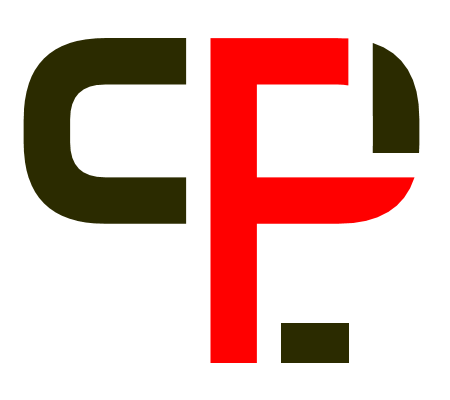Repository | Journal | Volume | Article
The logic of "most" and "mostly"
pp. 107-124
Abstract
The paper suggests a modal predicate logic that deals with classical quantification and modalities as well as intermediate operators, like "most" and "mostly". Following up the theory of generalized quantifiers, we will understand them as two-placed operators and call them determiners. Quantifiers as well as modal operators will be constructed from them. Besides the classical deduction, we discuss a weaker probabilistic inference "therefore, probably" defined by symmetrical probability measures in Carnap's style. The given probabilistic inference relates intermediate quantification to singular statements: "Most S are P" does not logically entail that a particular individual S is also P, but it follows that this is probably the case, where the probability is not ascribed to the propositions but to the inference. We show how this system deals with single case expectations while predictions of statistical statements remain generally problematic.
Publication details
Published in:
(2018) Axiomathes 28 (1).
Pages: 107-124
DOI: 10.1007/s10516-017-9338-2
Full citation:
Strößner Corina (2018) „The logic of "most" and "mostly"“. Axiomathes 28 (1), 107–124.




